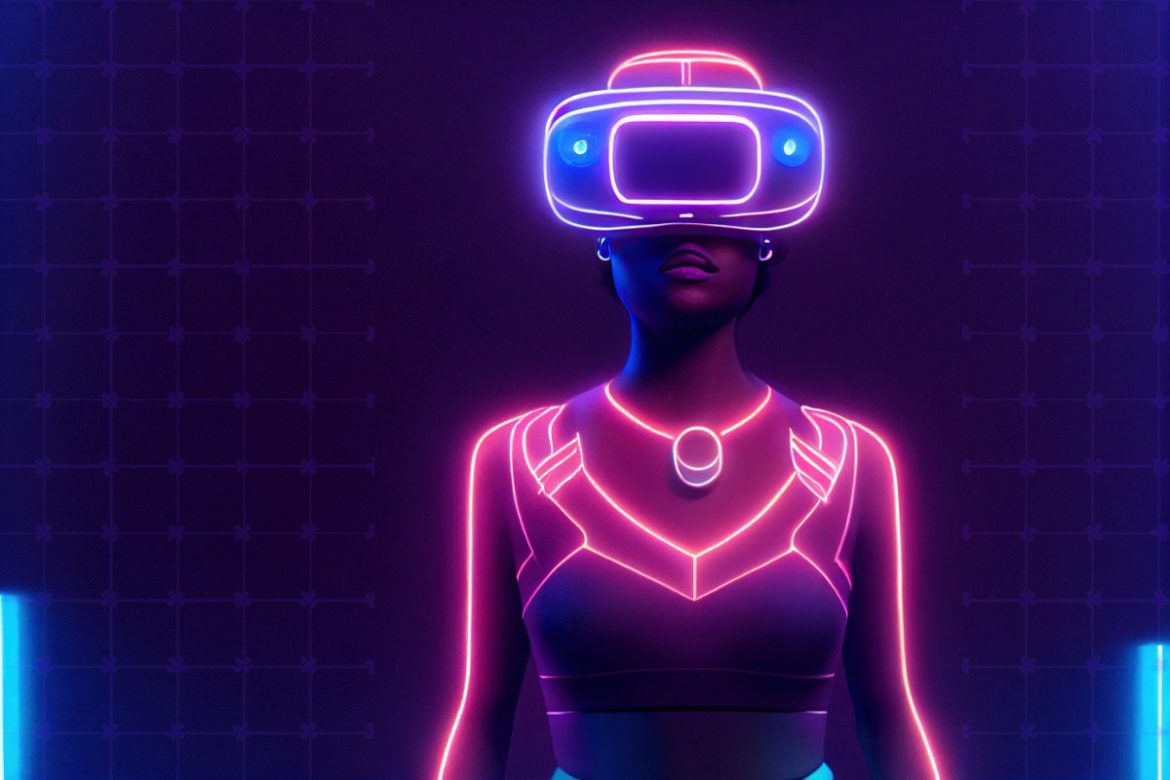Virtual reality (VR) gaming has emerged as one of the most exciting developments in the gaming industry in recent years. With the ability to transport players into immersive virtual worlds, VR gaming offers a level of immersion and interaction that traditional gaming platforms cannot match. In this article, we’ll explore the current state of VR gaming, the challenges it faces, and the potential future of this exciting technology.
The Current State of VR Gaming
Immersive Experiences
VR gaming provides players with immersive experiences that blur the line between the virtual and real worlds. With VR headsets like the Oculus Rift, HTC Vive, and PlayStation VR, players can step into fully realized 3D environments and interact with objects and characters in ways never before possible.
Diverse Content
The VR gaming library continues to grow, offering a wide range of experiences to suit every taste and preference. From action-packed shooters and thrilling adventures to relaxing exploration games and immersive simulations, there’s something for everyone in the world of VR gaming.
Challenges and Opportunities
Hardware Limitations
While VR technology has come a long way, there are still challenges to overcome, particularly in terms of hardware limitations. High-quality VR experiences require powerful hardware, including high-resolution displays, fast processors, and accurate motion tracking systems. As a result, the cost of entry can be prohibitive for some consumers.
Motion Sickness
Motion sickness remains a significant challenge for many VR users, especially during fast-paced or intense gaming experiences. Developers are continually working to minimize motion sickness through techniques such as smooth locomotion, comfort modes, and optimization of frame rates and latency.
The Future of VR Gaming
Advancements in Hardware
As technology continues to advance, we can expect to see significant improvements in VR hardware, including higher-resolution displays, lighter and more comfortable headsets, and more accurate tracking systems. These advancements will help to make VR gaming more accessible and immersive for a broader audience.
Enhanced Interactivity
Future VR gaming experiences will likely focus on enhancing interactivity and immersion even further. Advanced haptic feedback systems, full-body motion tracking, and realistic physics simulations will make players feel even more connected to the virtual worlds they inhabit.
Integration with Other Technologies
VR gaming is poised to integrate with other emerging technologies, such as augmented reality (AR), artificial intelligence (AI), and cloud gaming. These integrations will enable new forms of gameplay, social interaction, and content creation, paving the way for exciting new experiences in the world of VR gaming.
Conclusion
In conclusion, VR gaming represents the next frontier in interactive entertainment, offering immersive experiences that push the boundaries of what’s possible in gaming. While there are challenges to overcome, including hardware limitations and motion sickness, the future of VR gaming looks bright. With continued advancements in technology and a growing library of diverse content, VR gaming is poised to revolutionize the way we play and experience games for years to come.

